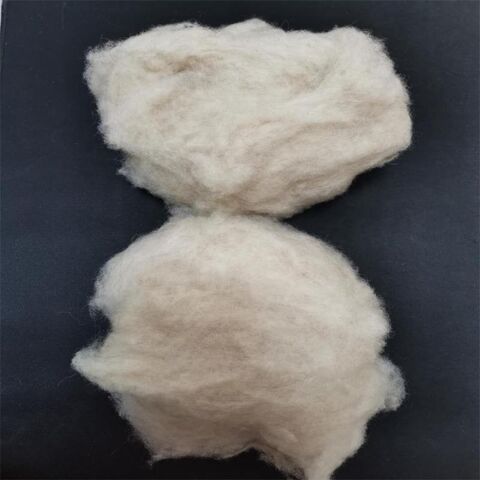Recognizing the Various Types of Cashmere an All-natural Fiber and Their Distinct Advantages

The Beginnings of Cashmere: A Historical Overview
While the lavish touch of cashmere continues to charm modern customers, its origins map back to the extreme, cold climates of Mongolia and the Himalayas. For centuries, the indigenous peoples of these regions have been elevating Capra Hircus goats, the prime source of cashmere woollen. These goats, durable against the serious winter seasons, grew a fine undercoat to make it through, which later on came to be understood as cashmere.

The Manufacturing Refine: From Goat to Garment
Shearing a Capra Hircus goat marks the inception of the elaborate cashmere production process. This fragile procedure normally occurs annually throughout spring. The penalty, soft undercoat is after that separated from the coarser external hair, a procedure called dehairing. The resultant raw cashmere is after that washed to get rid of pollutants such as grease, dust, and vegetable matter.
The clean fiber undergoes dyeing, spinning, and weaving, or knitting, to change it right into a fabric. Complicated procedures such as quality assurance checks and completing processes follow, ensuring completion item preserves the elegant criterion anticipated of cashmere. This meticulous process, from goat to garment, warrants the high price connected to cashmere items, making them a symbol of deluxe and refinement.
The Numerous Kinds Of Cashmere: An Extensive Evaluation

The Special Advantages of Cashmere: Convenience and Sustainability
Relocating from the range of cashmere kinds to the benefits they supply, comfort and sustainability stand out plainly. Cashmere, a natural fiber, is renowned for its exceptional gentleness, offering a level of convenience that synthetic fibers can't match.
When it comes to sustainability, cashmere is naturally degradable and sustainable, as it's gathered from cashmere goats who regrow their layers every year. what is cashmere. Unlike artificial fibers which can take hundreds of years to decay, cashmere's effect on the setting is marginal. This mix of convenience and sustainability makes cashmere a beneficial selection for conscious customers

Caring for Your Cashmere: Maintenance and Preservation Tips
While cashmere is undoubtedly a extravagant and sustainable option, it requires specific like maintain its high quality and more information expand its life expectancy. To start, cashmere need to be hand washed making use of cool water and a moderate cleaning agent. Avoid turning or wringing the garment as it can damage the fibers. Instead, delicately press out excess water and lay it flat on a towel to completely dry. Cashmere items must be saved in a cool and dry area, away from straight sunlight and moisture. Making use of moth repellents can protect these garments from prospective damages. It's suggested to prevent hanging cashmere to prevent extending. Rather, layer and store them properly to maintain their shape and quality over time.
Purchasing Cashmere: Comprehending Its Value and Worth
Although cashmere might initially appear like a costly investment, its lasting value and worth come to be apparent when you consider its exceptional high qualities. Known for its unmatched softness and heat, cashmere is a costs all-natural fiber that surpasses various other materials. Its high demand and limited supply contribute to its high rate, yet its longevity ensures it lasts for years, supplying exceptional value for money. Cashmere items are timeless, frequently becoming heirlooms gave through generations. what is cashmere. Its all-natural shielding homes give warmth without the bulk of artificial fibers. Buying cashmere, as a result, is not just concerning existing style fads, however concerning accepting a sustainable, lasting, and lavish way of living.
Verdict
In summary, from this source the kind of cashmere one picks, be it Mongolian, Chinese, or Italian, is dictated by specific choices for heat, sustainability, deluxe, and budget plan. Recognizing the beginnings, manufacturing procedure, and special advantages of various types of cashmere can assist consumers in their investment in this luxurious all-natural fiber.
Whether it's the exceptional heat of Mongolian cashmere, the price of Chinese cashmere, or the eco-conscious manufacturing of Italian cashmere, there's a story to be uncovered behind each fiber type. Cashmere, a check natural fiber, is renowned for its unmatched gentleness, providing a degree of comfort that artificial fibers can't match.When it comes to sustainability, cashmere is renewable and eco-friendly, as it's gathered from cashmere goats who regrow their coats yearly. Recognized for its unequaled soft qualities and heat, cashmere is a premium all-natural fiber that outperforms other products. Recognizing the beginnings, manufacturing process, and distinct benefits of different types of cashmere can guide consumers in their financial investment in this extravagant all-natural fiber.